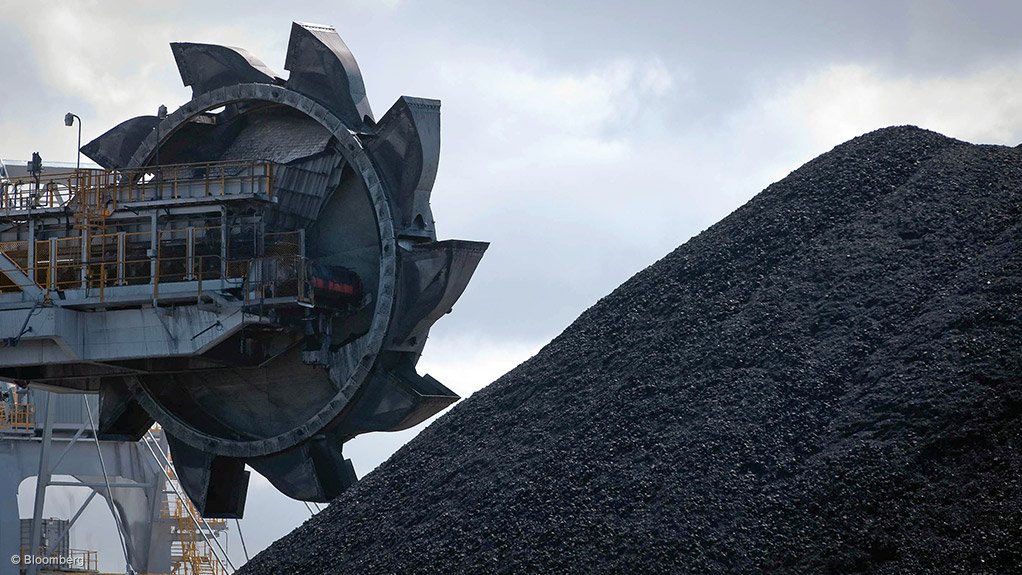
Photo by: Bloomberg
PERTH (miningweekly.com) – Declining commodity prices could dump Queensland’s engineering construction sector into the doldrums, with the Queensland Major Contractors Association warning that the current downturn in the sector was only the tip of the iceberg.
In its 2015 Major Projects Report, the association forecast that engineering construction in the state would reach only A$6.3-billion in 2015/16, with activity forecast to decline by a further 55% over the next two years from current levels.
Over the past decade, yearly construction work in Queensland grew from A$22-billion to A$58-billion in real terms, with engineering construction activity increasing from A$8-billion in 2004, to A$42-billion in 2014.
The mining and heavy industry sector accounted for a A$14.6-billion spend in 2013, with the sector employing about 14 000 engineering construction workers, with Queensland’s liquefied natural gas (LNG) projects acting as key drivers for employment and growth.
By contrast, the labour demand from major coal projects slipped one-quarter in 2013/14, to 1 850 people, with the association reporting a 75% decline in the other mineral sectors, which employed only 325 people.
However, with the mining industry transitioning away from major investments, the association has warned that expectations would have to be adjusted.
“With the recent boom in major project work now fading, Queensland faces a new series of challenges and opportunities. There is a lot which could and should be done to ensure the Queensland construction industry and economy is productive and globally competitive,” said Queensland Major Contractors Association executive committee member Iain Ward.
“Governments and industry need to work together to tackle productivity and competitiveness pressures facing major project development in Queensland. This includes sensible plans and processes that ensure public infrastructure is delivered in a timely and efficient manner to meet the needs of a growing state.”
Ward noted that from an industry perspective, contractors must exhibit flexibility and innovation to meet demand. Furthermore, appropriate investment should be made now to ensure that skills and competencies were developed and retained in the construction industry to meet the demands of future investment cycles.
“While the industry is in a sharp contraction phase now, further investment cycles will continue to play out in the future: the major projects market will likely become more volatile and cyclical from here, not less,” Ward said.
“The challenge for all participants is to make it more productive, sustainable and predictable, so that industry can plan effectively for the challenges ahead.”
The report noted that prior to the mining boom, and the structural shift towards mining and mining-related activity, Queensland experienced an extended period of strong growth. It added that as the economy adjusted to significantly lower levels of mining investment and a depreciating Australian dollar, the state’s trade-exposed industries were expected to take up the slack and shift some of the focus away from the mining industry.